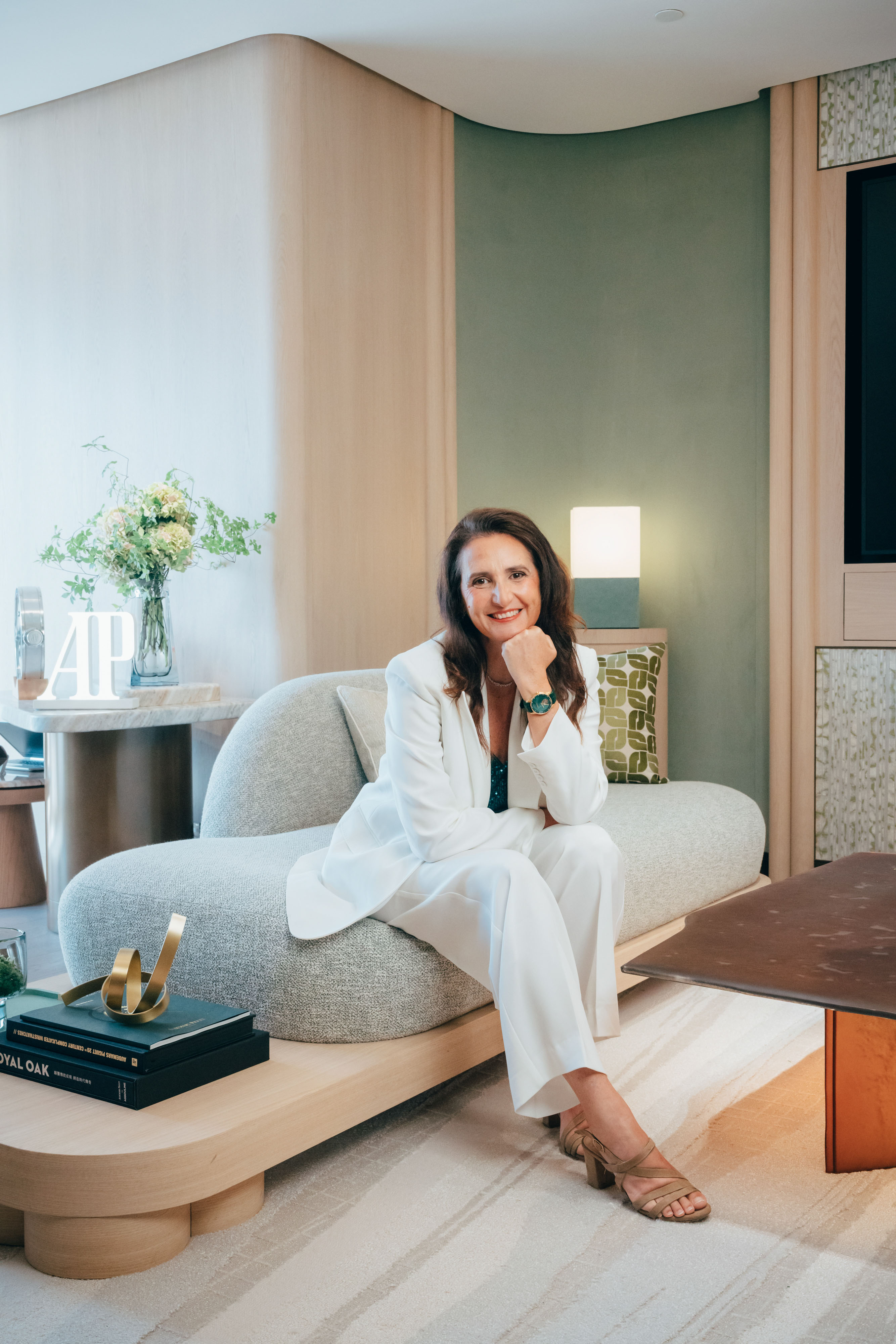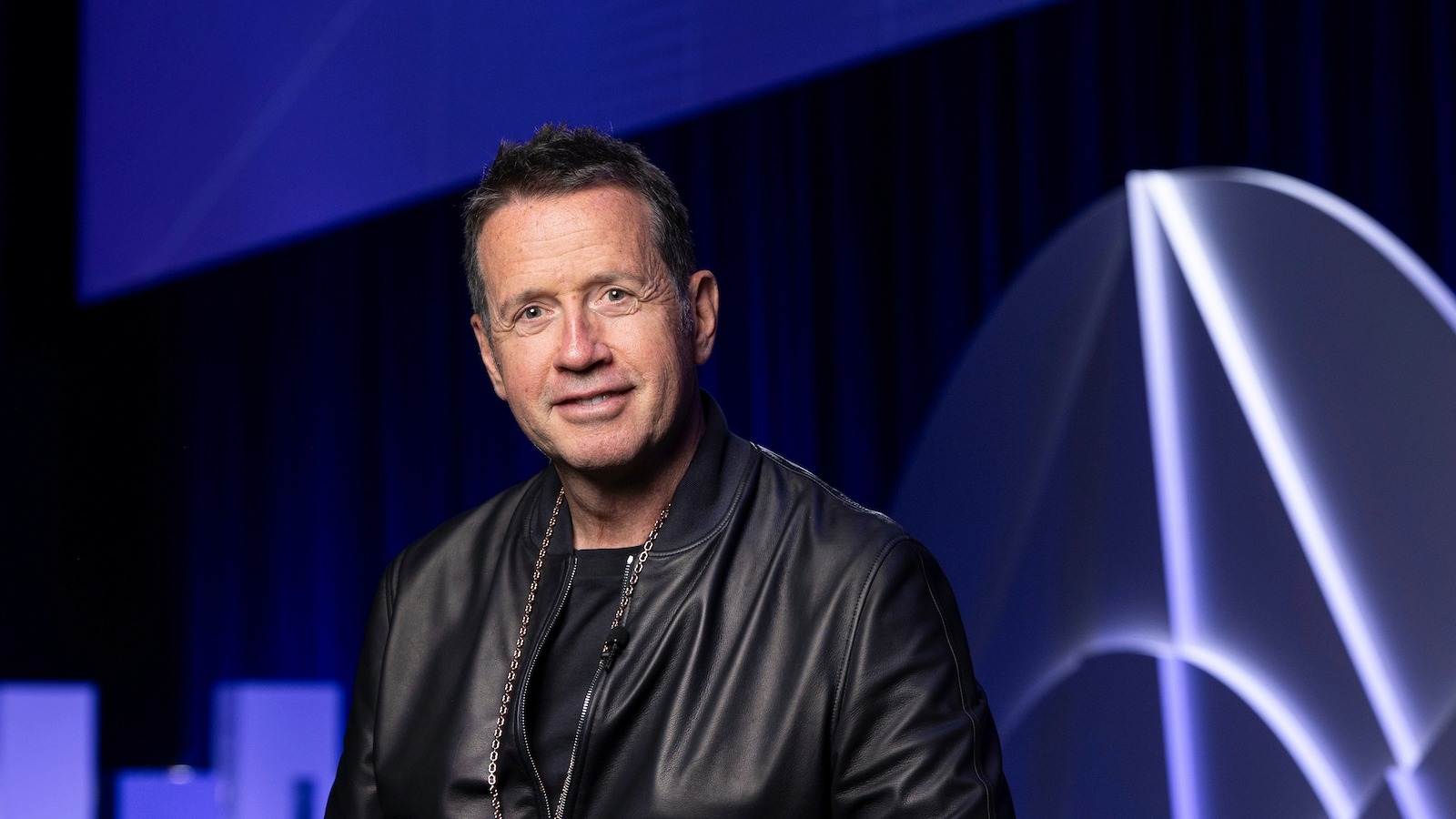
As the pace of disruption in retail continues to impact, influence and shape how and where consumers shop, brands require a constant commitment to reinvention and digital transformation to stay on top. How has a distributor, retailer and e-commerce partner like Luxasia done it?
Starting from a humble distributor background, Luxasia has grown to become the leading omnichannel partner for luxury beauty and lifestyle brands in the Asia-Pacific region. Over the past 33 years, it has given brands the one-stop access to the largest luxury retail and e-commerce network in Asia Pacific. It currently spans 15 markets, managing more than 150 brands, with 4,500 points-of-sale. Fuelled by its strong e-commerce growth, it now runs more than 280 online brand stores across online marketplaces all across the region. Dr Wolfgang Baier, the Group CEO of Luxasia, shares more about how the company has managed to establish itself as a leader in the Asia-Pacific Region.
Do all markets have the same key marketing approach?
Well, in Southeast Asia alone, there is no “one-size- fits-all” – where each market is dominated by different online platforms like Lazada, Zalora, and Shoppee. Even then, in individual markets, there are specific marketplaces for beauty shopping like BeautyHaul Indo and Sociolla for Indonesia, Amazon, Purplle and Nykaa for India, Sasa.com and StrawberryNet for Hong Kong, Momo and ETMall in Taiwan, Taobao and Little Red Book in Mainland China etc.
Having a presence in different countries means connecting with consumers on their playing fields, by understanding the people’s languages, cultures, and traditions. In China for example, consumers prefer to view, engage and purchase products via the mobile application, WeChat. With this in mind, our local marketing teams create interactive marketing campaigns hosted on the application.
How does Luxasia maintain its position locally?
With market maturity varying from country to country, Luxasia has to fit into the ecosystem to stay on top of the game and remain relevant. Therefore, its roots extend both deep and wide into each of their local market through local offices.
Our local staff (who are in-market beauty experts), and accompanying network of local partners, who are acutely sensitive to the nuances of the local markets, allow us to assess the performance of comparable brands in the local market as a gauge, resulting in more accurate projections of a Brand’s local market receptivity and profitability.

Image: Luxasia
What are the top three retail trends we can lookout for in retail?
Omnichannel
With the new wave of consumer shopping habits, it’s retail, e-commerce, digital, brick-and-mortar together. Hence it’s very important that one always sees it as one holistic topic where the goal here is to create a seamless experience for the customer. When the customer can transition from online to offline, it fosters a sense of familiarity even whey are on-the-go to develop stronger customer relationships with the brand. And when retailers can reach customers whenever and wherever they want, growing a community of like-minded individuals leads to positive retention rates.
Customer Experience
In a market flooded by endless product options, retail success comes down to customer experience. The in-store experience gives retail associates the chance to express their product knowledge, passion and brand values. This in turn resonates with consumers who are looking for a more thoughtful purchasing experience.
Customer experience on the point of sale is still so important, because we talk about digital all day long, but 90% of the business in the beauty industry is still on the point of sale. So really making sure that when people decide to come to the store, they actually find that experience so immersive and really as something beyond the pure digital and sale like we would be doing.

Luxasia’s retail concept store, Escentials, carries a range of cult fragrances and beauty products from brands like Diptyque and Byredo
For brand discovery and unforgettable memories, physical retail experiences remain crucial in the beauty industry, because of the sensorial nature of beauty products; nothing beats smelling the fragrance, feeling the cream’s texture on your skin and seeing the colours come to life on your face- leaving customers with a strong personal connection to these items.
We see that small shops work better than larger ones so we are now thinking about Omni shoe size, or shoe box stores where you pay to have an experience on let’s say 10 to 20 square meter of the brand interactive and really focused on the experience.
Personalisation (AI)
As consumers are becoming much more fragmented and segmented, the way for them to experience the product and the way for retailers to promote their products need to much more personalised, much more individual. Consumers want to be immersed in an experience specific to who they are and what they want.
We started for example, in partnership with Salesforce a CE app, which is kind of a customer engagement application, which all our front-liners now in the department stores, in the chain stores, in our shops have, which give them the full customer view, which tells them the latest kind of attractions, experiences, stories they can tell, and we received very good response rate from how we use that.
These technological tools like Artificial Intelligence, Analytics, ARVR help retailers understand the customer better and augment the reality around the consumer experience, telling the brand story, helping to understand the brand a bit better- boosting customer engagement.
Avis Easteal, Regional Head Of Consumer, will be sharing more on how Luxasia improves, personalises and simplifies the customer experience at the upcoming eTail Asia 2020 conference. Discover this year’s highlights, sessions, speakers and networking opportunities here.
Luxury Society readers will receive an exclusive 15% off during registration with the code LSOC15. For more information on sponsorship, media passes and ticketing, please email [email protected]










